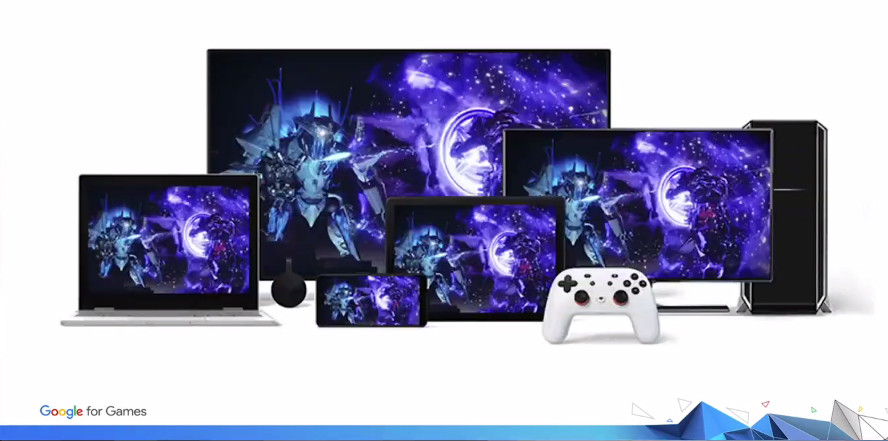



Unlike Google’s Cloud Next and Google I/O 2020events that the company has already decided to cancel because of the coronavirus, Google for Games Developer Summit was more advanced in terms of planning, so that Google has decided to share their new releases for developers online.
According to the technology giant, with more than 2,500 million active devices monthly, Android has become the largest platform for game developersso Google is now proposing new tools and services to help them to “increase the reach of their games and manage the fragmentation of the Android ecosystem”. Yes, in almost all of the new tools, it will be necessary to request the developer preview before we can test them.
Among the novelties that has been submitted to Google, we find from tools to create and optimize games for Android, to different enhancements in Google Play to provide greater information on the performance of the game.
Android Studio Profilers: Google has revised the profiler in Android Studio System Trace for developers to visualize how their code is running. The native capabilities of creating memory profiles allow you to see how the game is allocating memory and discover any possible losses, but it requires Android Studio 4.1 Canary to use it.
Android GPU Inspector: allows you to view detailed information about the stages of rendering of the game and the counters of the GPU. In this way, the developers graphics can optimize it to achieve better rates of frame and increase the length of the battery. Has been created in partnership with Qualcomm and is part of the experience Snapdragon Elite Gaming.
The developers of certain games will be able to suggest improvements to the driver development graphics Adreno, which will be available in Google Play, so that may be update the driver of GPU Adreno as if it were an application. Drivers GPU update will be first available for Pixel 4, Pixel 4 XL, Galaxy Note 10 and Galaxy S10.
Android Game Development Extension for Visual Studio: this extension eases the task of adding support of Android for multi-platform games, so that it is possible to generate the APK, deploy it in Android device or an emulator, and debug the Android game.
Google Play Asset Delivery (delivery of assets from Google Play): a new set of features that provides a dynamic delivery and free assets games correct to the appropriate devices at the appropriate time. This new way of delivering games dynamically should help players get into the session more quickly as it loads the games, at the same time reducing the costs of storage and delivery of resources.
Android Vital Native Crash Symbolication (Symbolization lock native Android Vitals): it is possible to debug the locks native with support for symbols native in the Play Console, and load the debug symbols native to get the benefits in Android Vitals.
In addition, Firebase Google has introduced Cloud Firestore in alpha open, which means that any game developer could try it, although it is still difficult. Cloud Firestore is the NoSQL database a scalable next-generation Google has in the cloud and can be used, for example, to save the state of the game and its users in the cloud, storing a state of a multiplayer game for you to see several different customers and publish daily challenges or user-generated content to millions of customers.
Finally, the team of Google Analytics has created new reports to developers of games with panels focused on the acquisition, retention, engagement and monetization of the user. Also can be found the buyers for the first time, the User Engagement (in game days) and the trends DAU/MAU. To do this, simply link the project of Firebase to a Google Analytics account.
Via | Venture Beat
it was originally published in
Xataka Android
by
Laura Sexton
.
Exploring the Top 5 Voice AI Alternatives: What Sets Them Apart?
How iGaming Platforms Ensure Seamless Integration of Casino Games and Sports Betting?
The Rise of Spatial Computing: Evolution of Human-Computer Interaction
Data Loss on Windows? Here's How Windows Recovery Software Can Help
Integrating Widgets Seamlessly: Tips for Smooth Implementation and Functionality